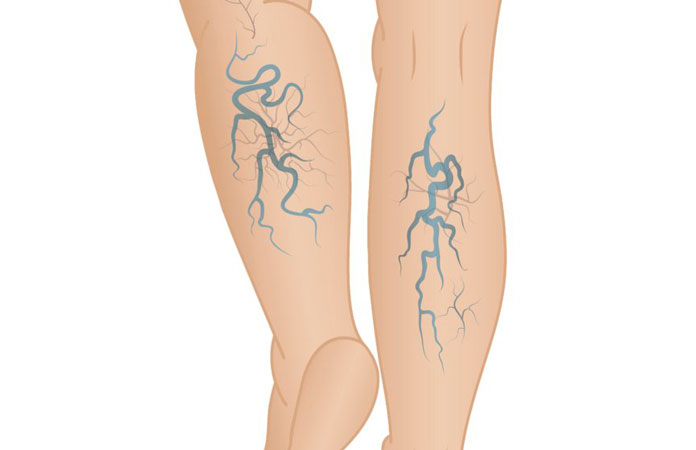Diagnosis
A doctor usually starts a diagnosis of knee bursitis with a physical exam and medical history. He or she will press on your knee gently to determine swelling or warmth, check the skin area to look for any signs of infection, as well as move your knees and legs to check the range of motion. To rule out a trauma or injury, some imaging tests can be performed. Some common options include an ultrasound, an MRI, or an X-ray. When the doctor suspects that you might have gout or infection in your bursa, aspiration might be needed. This process requires a fluid sample for further testing in the lab. [5]










